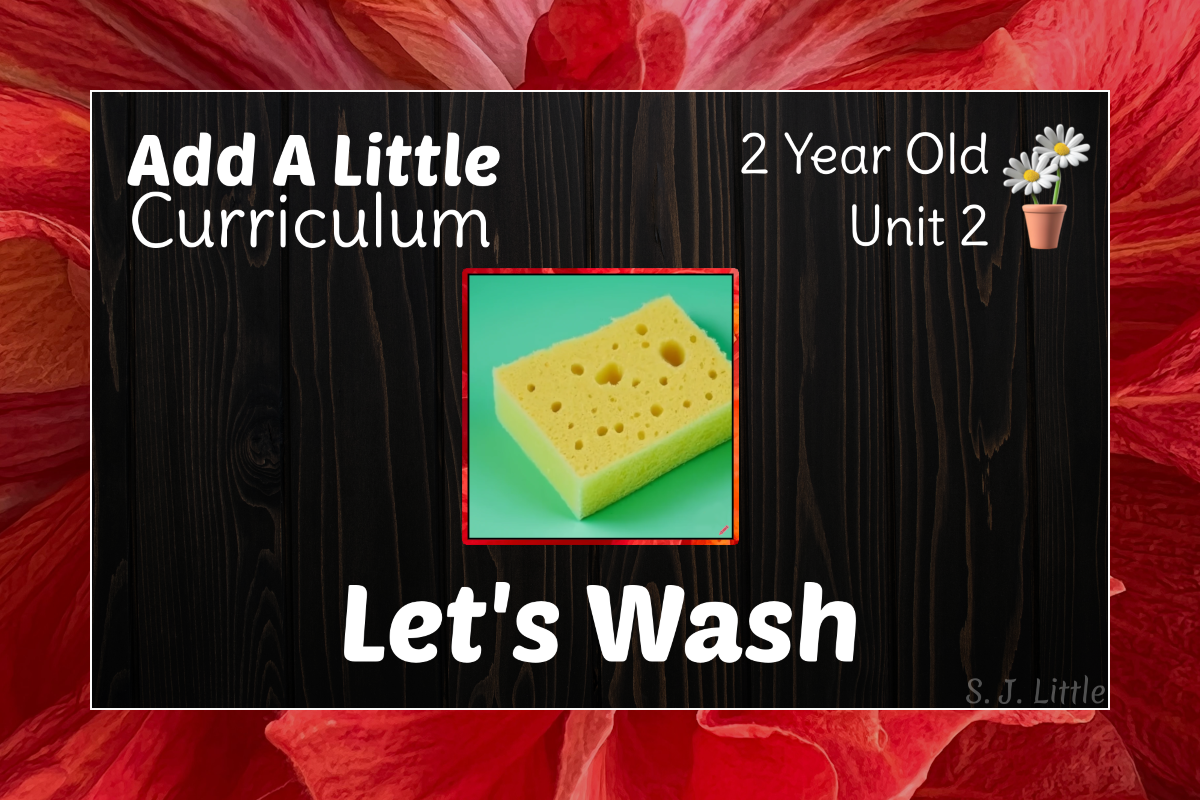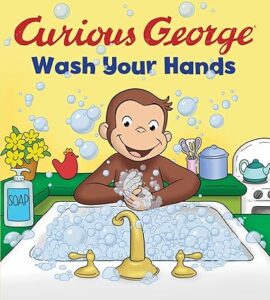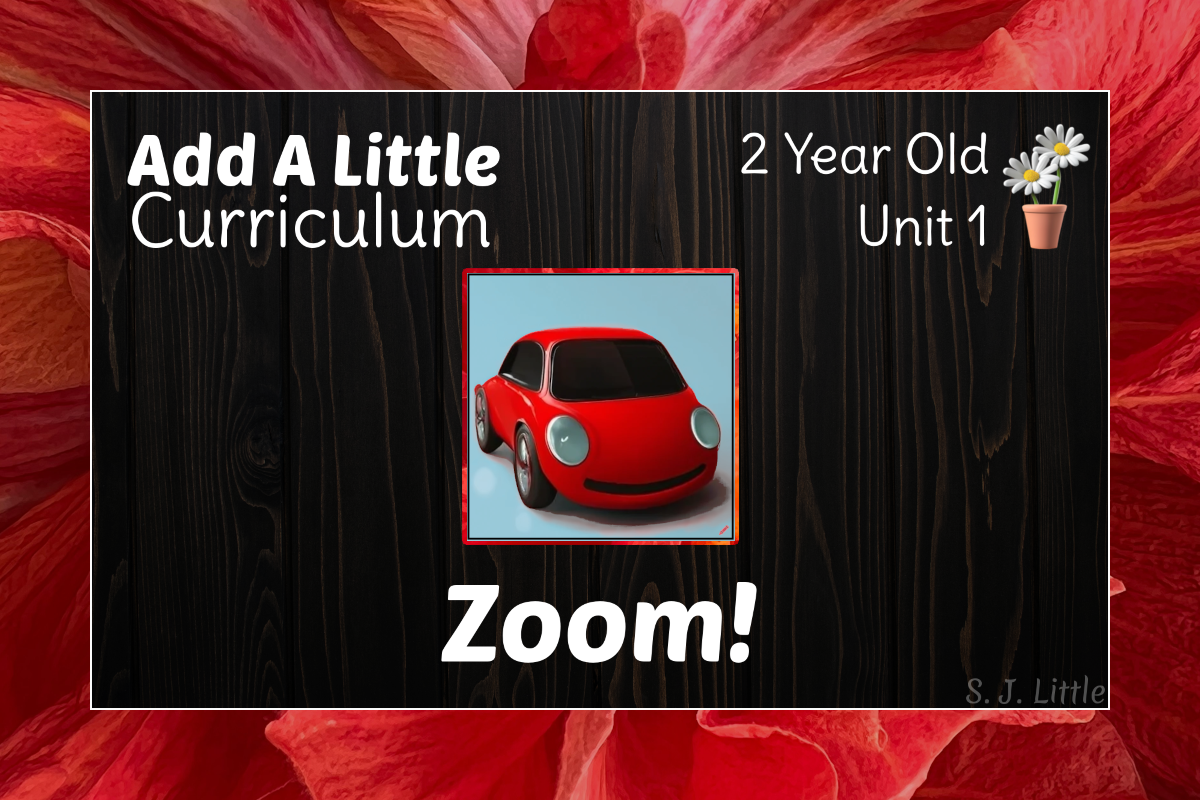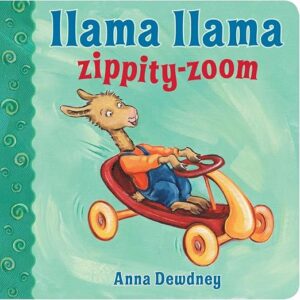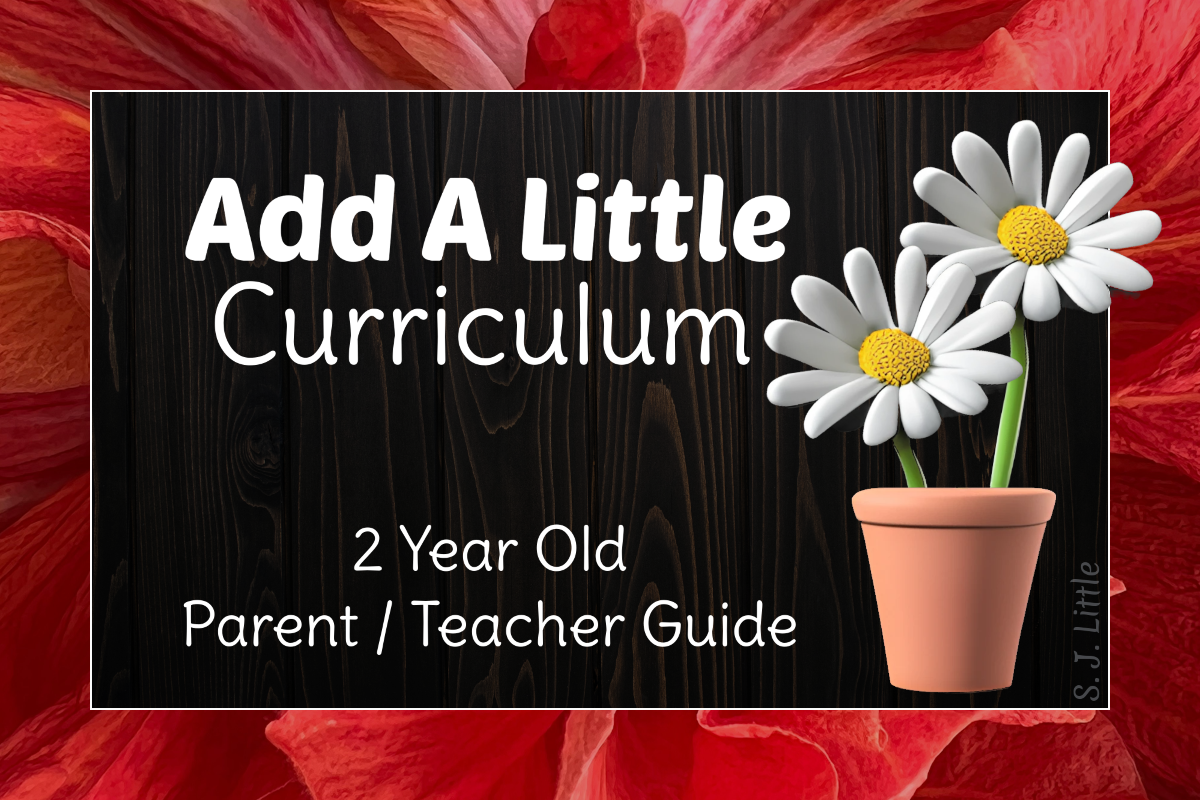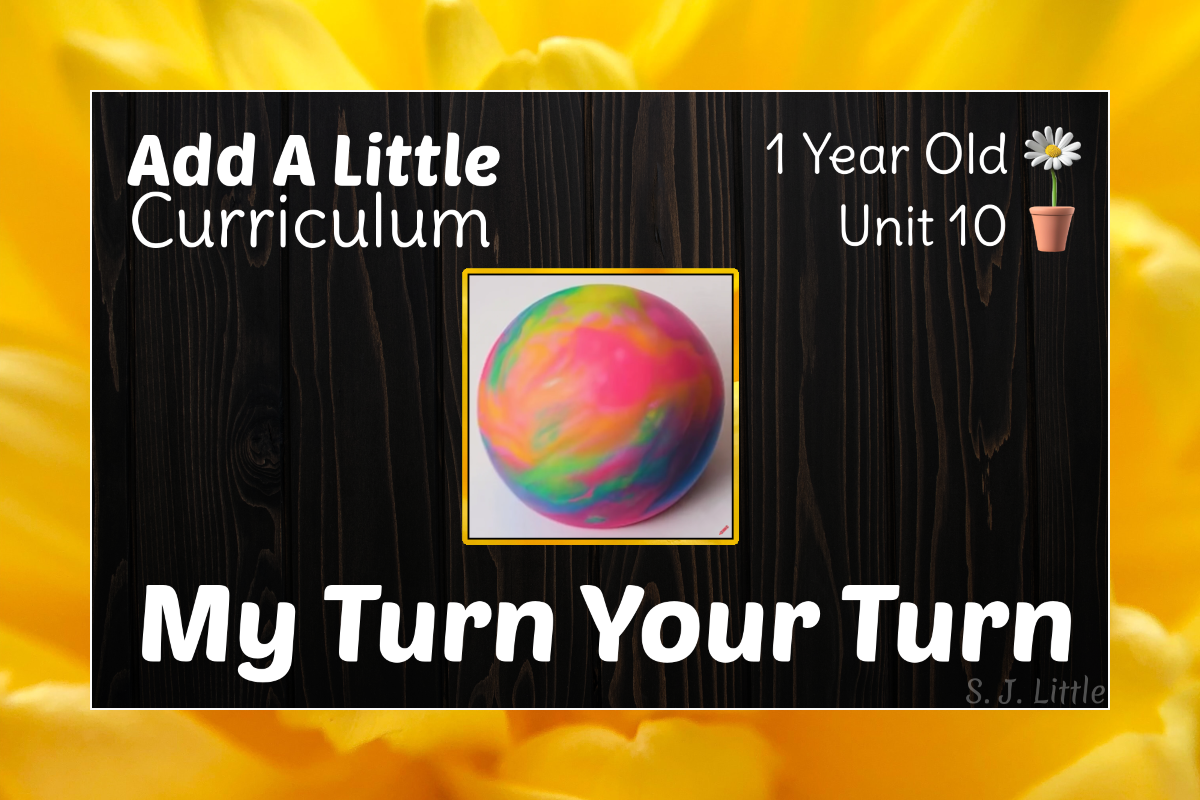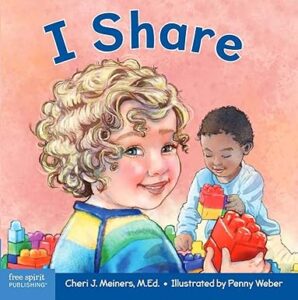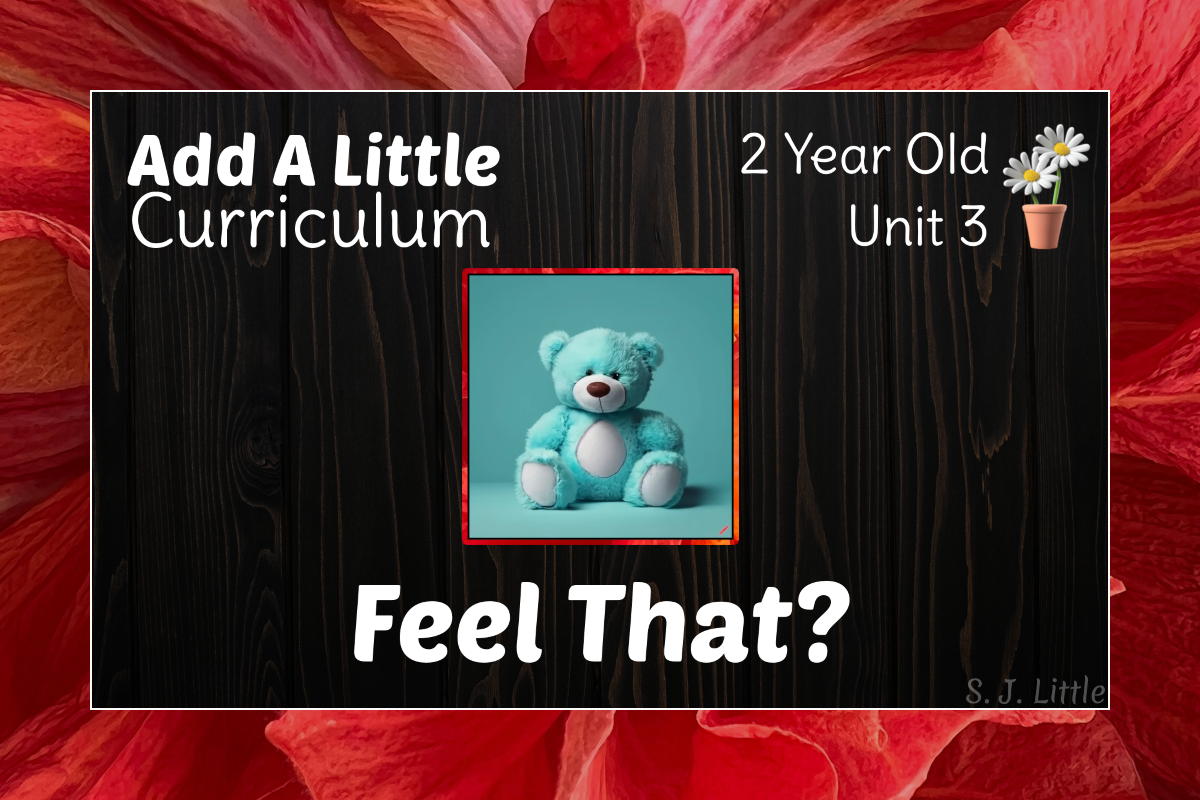
Add A Little – 2 Year Old Curriculum – Unit 3
Feel That?
Developmental Focus: Hard vs. Soft
Want to learn more? Check out the Add A Little 2Y Parent / Teacher Guide
Disclaimer: All activities require adult supervision and discretion. Read more…
Muscle Moving
Soft Challenges
Supplies:
- At least one soft toy per participant, such as a stuffed animal or bean bag
Time to Play:
- Invite your child to copy you in several simple but challenging actions. Potential actions include:
- Balance toy on head
- Walk with toy balanced on head
- Jump with toy balanced on head
- Turn around with toy balanced on head
- Throw toy up and catch it
- Pass toy to a friend
- Toss toy into a box or basket
- Keep the mood fun and encouraging as you play together.
Brain Boosting
Tell By Touch
Supplies:
- One opaque bag (alternatively use a box or wrap all the items in a blanket)
- Several small items that are hard
- Example: car, block, spoon, large puzzle piece, rattle
- Several small items that soft
- Example: stuffed animal, facecloth, headband, shirt, large pompom
Prep:
- Place all the items in the bag
Time to Play:
- Show your child the bag with the items hidden inside. Invite them to reach their hand in to choose one item.
- Ask them if the item they choose is hard or soft.
- For more advanced children, ask them to identify if the item is hard or soft before they pull it out of the bag. This encourages the child to use their sense of touch rather than relying on sight.
Let’s Sing
Play It Right
Let’s Read

Good Night Farm
Author: Patricia Hegarty
Illustrator: Thomas Elliott
Let’s Sing
Christian Song
God Made Me
For lyrics and actions, visit: https://sjlittle.ca/preschool/7-simple-christian-songs-for-preschoolers/
Let’s Read
Bible Story
Let the Children Come
Luke 18:15-17
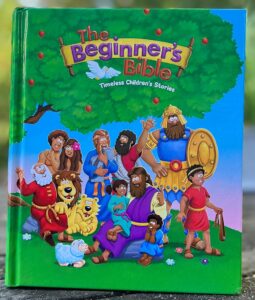
Beginner’s Bible Chapter:
Jesus and the Children
Page 409

